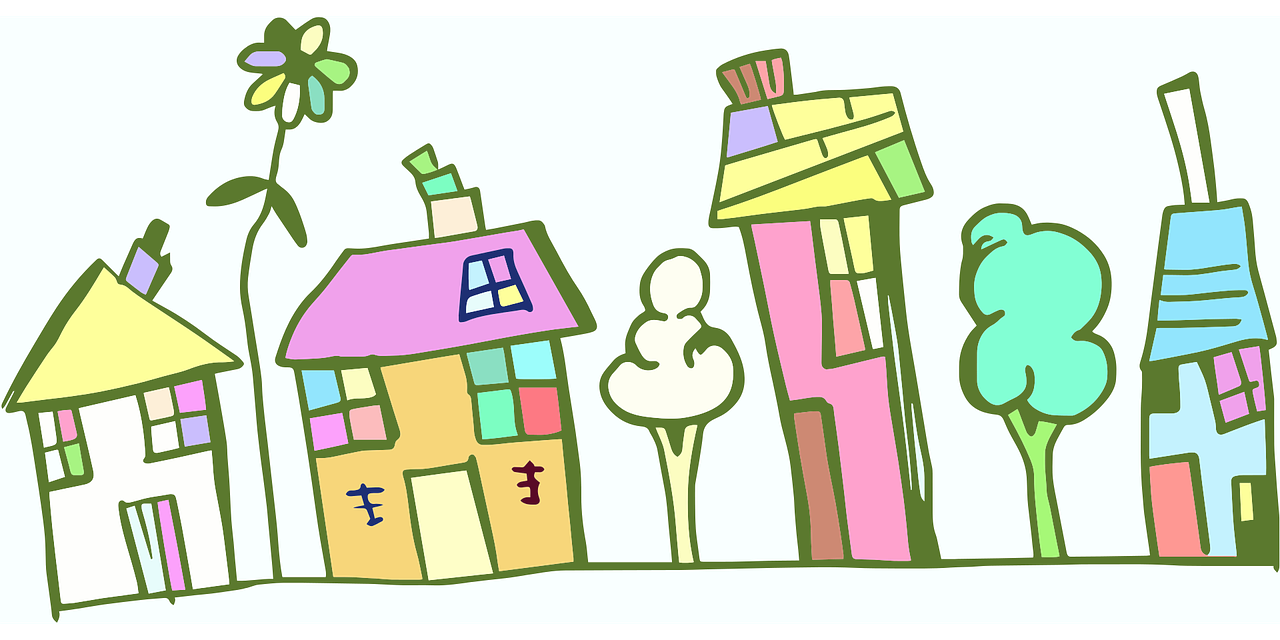
Comment Writer Danielle Murinas discusses the emergence of virtual neighbourhoods and the power that these online communities have to help those in need
Within the current climate it is impossible to go a day without being affected by the COVID-19 global pandemic. Since the 23rd March England has been under lockdown, with only necessary travel being allowed. These rules are of course for people’s safety, but the limiting social contact means many people are isolated without physical contact or interaction with anybody else. But, in the midst of such heartache, a wonderful virtual neighbourhood has flourished, giving people much-need support. These virtual neighbourhoods are showing the power of online communities.
Technological progression has allowed friends and families to keep in contact with each other online, allowing face to face contact without being in the same vicinity. Despite the negativity that technology and social media can receive, they are providing a welcome lifeline for millions of isolated people around the world. Without even being able to go to the shops many people have been left lonely by the new regulations; especially those categorised as vulnerable, such as the old or those with chronic illness, who are strongly advised to stay inside for twelve weeks. But now there are many different options for video calls, with Skype and FaceTime, as well as many different social media platforms such as Facebook and Whatsapp. In many ways, technology is being allowed to flourish, with the positive ways it can be used being front and centre in our lives.
Despite the negativity that technology and social media can receive, they are providing a welcome lifeline for millions of isolated people around the world
Online resources are allowing virtual support networks to help vulnerable people in the community, and those suffering with coronavirus. The Selly Oak Community Response to COVID-19 is one such online community, in which residents can share experiences and ask for comfort via a Facebook page. Volunteers have done shopping for isolated people, collected medication or donated to local food banks. Such an incredible resource would not be feasible without widespread access to technology and the internet, which is allowing for virtual communication and organisation. These networks are helping people to tackle the upset of self isolation, whether that be for practicalities or emotional.
Sadly, the demographic most at risk in this crisis is the elderly, who may not have access to social media. But networks are showing wonderful humanity and community spirit and advertising on behalf of elderly residents. The Selly Oak Community Response group has received several posts from people asking for help for their elderly friends and neighbours who for whatever reason, they are unable to help themselves. The widespread use of social media means that it is likely that vulnerable people will know someone who uses social media even if they themselves do not. Large scale organised systems have also been put in place for the older demographic. 28,000 people have volunteered to ‘Adopt a Grandparent’ in the London area in a system which pairs older people in care homes with local people ranging from aged one to seventy-six. These involve virtual communications which tackle the loneliness that the care-home residents will feel during their isolation. So, although elderly people themselves may not have individual access to technology and social media, there is a wonderful community spirit which is providing access to community networks on their behalf.
Networks are showing wonderful humanity and community spirit and advertising on behalf of elderly residents
Not only are virtual neighbourhoods providing emotional and practical support, they are also being used by large scale companies to counter boredom and provide much needed virtual entertainment. Chester Zoo hosted a virtual tour on Facebook in the first week of lockdown, and its second one was featured on YouTube as well. The internet is proving a wonderful resource for companies that have had to close during lockdown, maintaining public interest and giving people something engaging, and most importantly something safe to do at home. Other virtual opportunities include free audible books and National Theatre live screenings. Technology is providing national systems where people can engage with online content which will help counter the loneliness and boredom of isolation.
The number of virtual neighbourhoods and communities which are thriving during this time goes to show the positive influence of technology, and shows how something which can gain a lot of negative attention can prove life-saving in a time of crisis. More importantly, it is showing the wonderful selfless nature of people, who are volunteering to help strangers in need, which is a source of light in this extremely dark time. These virtual neighbourhoods and the power of online communities is essential for fighting this pandemic.
Check out these other Comment articles about how the Coronavirus pandemic is affecting our everyday lives:
Is Working From Home the Future?
Comments